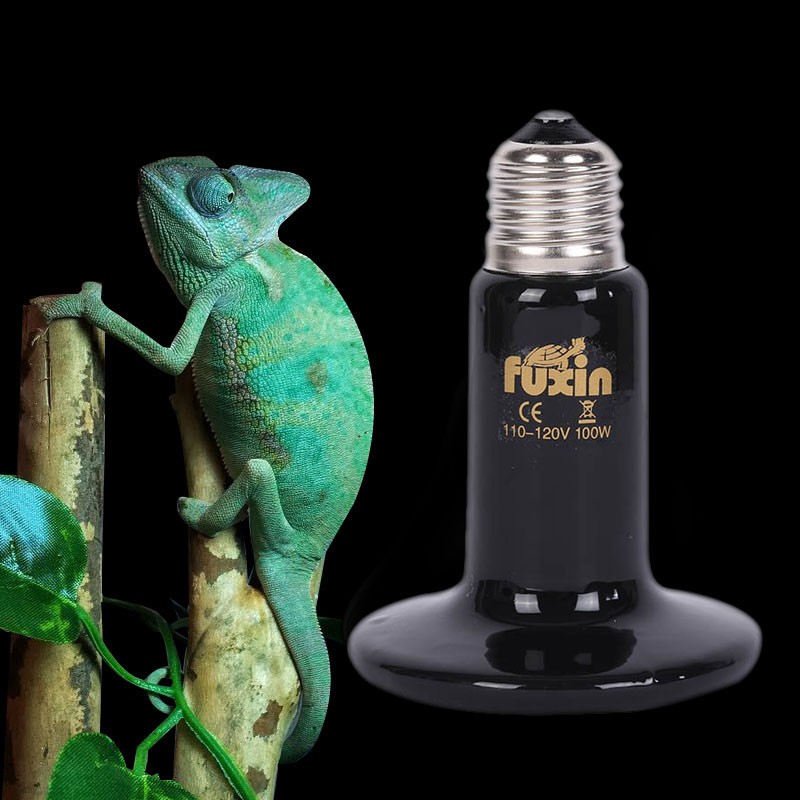
Enhance your indoor air quality with infrared heaters by directly targeting allergens and pollutants, reducing exposure and improving overall air purity. These heaters use focused heating to prevent allergen circulation, decreasing dust, pollen, and pet dander. By emitting radiation that warms surfaces, they limit dust movement and hinder allergen growth. Additionally, infrared heaters help prevent mold by controlling humidity levels below 60%. For asthma sufferers, ideal humidity levels reduce triggers, while air purifiers with HEPA filters can trap airborne particles. Incorporating UV sterilization technology, they even eliminate airborne pathogens, ensuring cleaner, healthier breathing environments.
Allergy Relief With Infrared Heaters

Infrared heaters can provide allergy relief by efficiently heating indoor spaces without circulating allergens, creating a more comfortable environment for allergy sufferers.
These heaters operate by emitting infrared radiation that directly heats objects and individuals in the room, rather than warming the air. This method of heating isn't only energy-efficient but also helps reduce the circulation of dust, pollen, and other allergens that commonly trigger allergies.
The energy efficiency of infrared heaters is a key factor in alleviating allergies. By targeting specific areas or objects for heating, these heaters consume less energy compared to traditional heating systems that warm the entire room.
This focused heating approach not only saves energy but also minimizes the disturbance of allergens in the air, providing a healthier indoor environment for individuals with allergies.
Moreover, the comfort enhancement offered by infrared heaters goes beyond just warmth. By avoiding the circulation of allergens in the air, these heaters help allergy sufferers breathe easier and experience fewer discomforts associated with indoor allergies.
The precise control and targeted heating of infrared heaters contribute to creating a cozy and allergen-free space for individuals sensitive to indoor allergens.
Dust and Pollen Reduction Benefits
To improve indoor air quality and reduce the presence of dust and pollen, the targeted heating approach of infrared heaters plays an important role in minimizing allergen circulation. Infrared heaters operate by emitting infrared radiation that heats surfaces rather than the air, which can help reduce the movement of dust particles and allergens in the room.
However, to further enhance the reduction of dust and pollen indoors, implementing effective ventilation strategies and maintaining high filter efficiency are essential.
Ventilation strategies such as opening windows periodically to allow fresh air to circulate can help remove stagnant air containing dust and pollen particles. Additionally, using air purifiers with HEPA filters can notably improve indoor air quality by trapping and removing airborne allergens efficiently.
Ensuring that filters in heating and cooling systems are regularly cleaned or replaced also plays a key role in reducing dust and pollen levels indoors.
Mold Prevention and Control

Implementing effective measures for mold prevention and control is vital in maintaining ideal indoor air quality and ensuring a healthy living environment.
Mold growth thrives in areas with high humidity levels, making humidity control a key aspect of mold prevention. To effectively prevent mold from proliferating in your indoor spaces, it's recommended to keep humidity levels below 60%. This can be achieved by using dehumidifiers, ensuring proper ventilation, and fixing any leaks promptly.
Additionally, regular inspections for water damage, especially in areas prone to moisture accumulation like bathrooms and basements, are important to detect and address mold growth early on.
Cleaning and drying any wet or damp areas promptly, such as carpets or walls affected by leaks, can greatly reduce the risk of mold development.
Asthma Symptom Alleviation
How can you effectively alleviate asthma symptoms within indoor environments?
Asthma symptoms can be triggered or exacerbated by poor indoor air quality. To alleviate these symptoms, it's essential to focus on humidity control and ventilation strategies.
Maintaining ideal humidity levels between 30-50% can help reduce asthma symptoms by inhibiting the growth of mold and dust mites, common triggers for asthma attacks. Using dehumidifiers or air conditioners can aid in controlling humidity levels effectively.
Additionally, proper ventilation is key to improving indoor air quality. Make sure that your home is well-ventilated by using exhaust fans in bathrooms and kitchens, opening windows when possible, and utilizing air purifiers with HEPA filters to remove airborne particles that can trigger asthma symptoms.
Pet Dander Neutralization

Maintaining a clean indoor environment is essential to effectively neutralize pet dander and improve indoor air quality for individuals with asthma or allergies. Pet dander filtration is a key aspect in this process. Infrared heaters play a significant role in enhancing the efficiency of pet dander filtration systems.
Infrared heaters utilize electromagnetic radiation to transfer heat directly to objects and individuals in a room, rather than heating the air. This method helps reduce the circulation of airborne particles, including pet dander. By preventing the air from becoming a carrier of pet dander, infrared heaters contribute to a cleaner indoor environment.
Furthermore, the heat produced by infrared heaters can help in reducing humidity levels, which can also aid in controlling pet dander. Maintaining ideal humidity levels can hinder the growth of mold and dust mites, which are common allergens associated with pet dander.
As a result, incorporating infrared heaters into pet dander filtration systems can lead to a more efficient and effective approach to improving indoor air quality for those sensitive to pet allergens.
Chemical Sensitivity Improvement
To enhance indoor air quality for individuals with chemical sensitivities, consider integrating the use of infrared heaters in your environment.
Chemical exposure in indoor spaces can exacerbate symptoms for those with sensitivities. Traditional heating systems can circulate indoor pollutants, including volatile organic compounds (VOCs) and other chemicals, leading to discomfort and health issues for sensitive individuals.
Infrared heaters offer a solution by providing heat without relying on forced air systems that spread contaminants.
These heaters work by directly heating objects and individuals in the room, rather than heating the air. This process minimizes the circulation of pollutants, creating a cleaner and healthier indoor environment for those with chemical sensitivities.
Airborne Pathogen Elimination

Consider incorporating infrared heaters in your indoor environment to effectively eliminate airborne pathogens and enhance overall air quality.
Infrared heaters equipped with UV sterilization technology can help eradicate harmful microorganisms from the air. When the air passes through the heater, the UV light works to disrupt the DNA structure of pathogens, rendering them inactive and unable to reproduce. This process guarantees that the air circulating in your space is free from a wide range of airborne contaminants, including bacteria, viruses, and mold spores.
Moreover, the heat distribution capabilities of infrared heaters play an essential role in eliminating pathogens. By evenly distributing heat throughout the room, these heaters create an environment where pathogens struggle to survive.
The combination of UV sterilization and efficient heat distribution makes infrared heaters a powerful tool for improving indoor air quality by reducing the presence of airborne pathogens. Incorporating these heaters into your indoor space can provide you with cleaner and healthier air to breathe.
Conclusion
To sum up, infrared heaters are a cost-effective and efficient way to improve indoor air quality by reducing allergens, dust, pollen, mold, pet dander, chemicals, and airborne pathogens.
By utilizing infrared technology, these heaters provide a clean and healthy environment for individuals with respiratory issues or sensitivities.
Consider incorporating an infrared heater into your home or office to experience the benefits of cleaner and fresher air.

